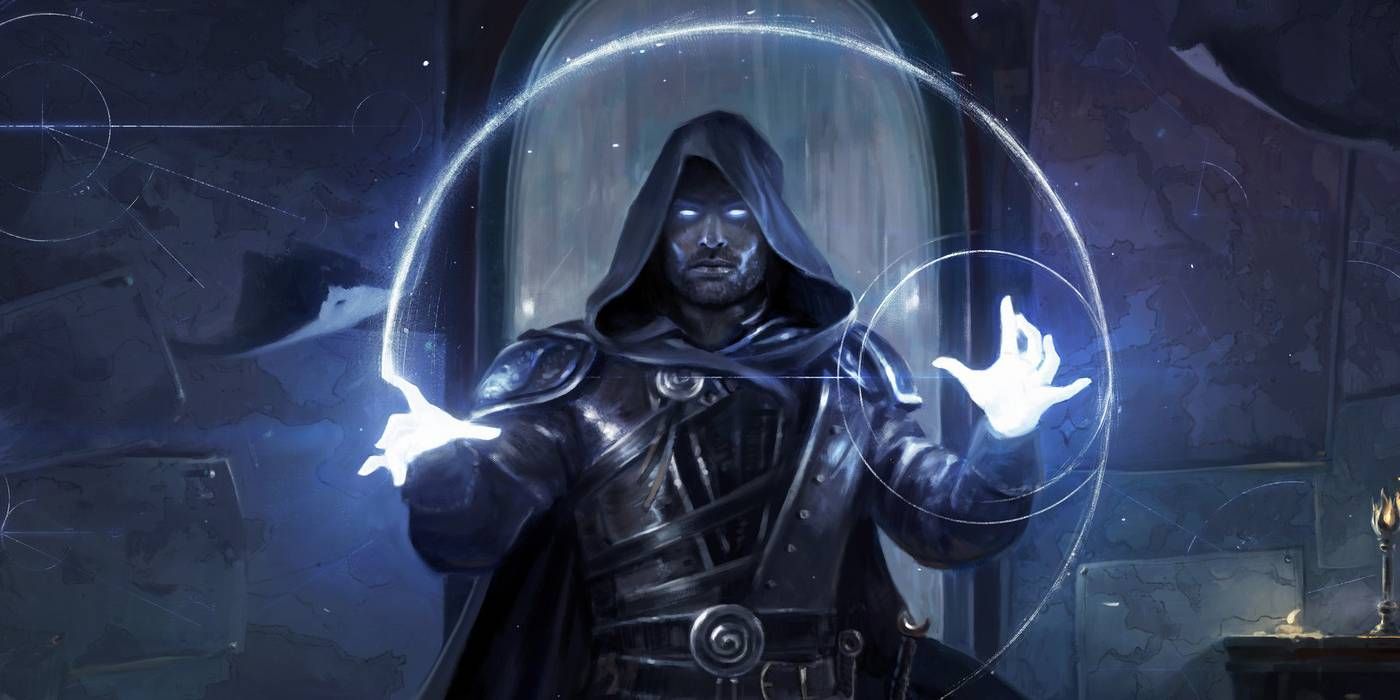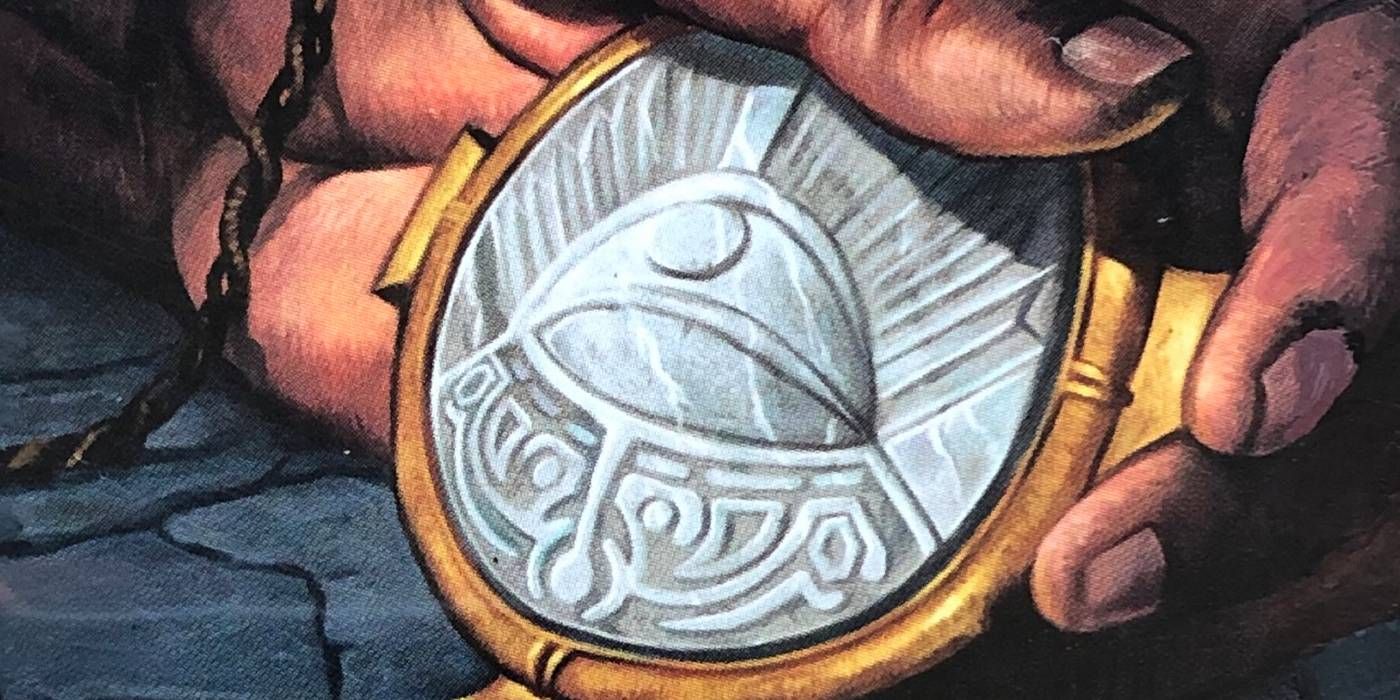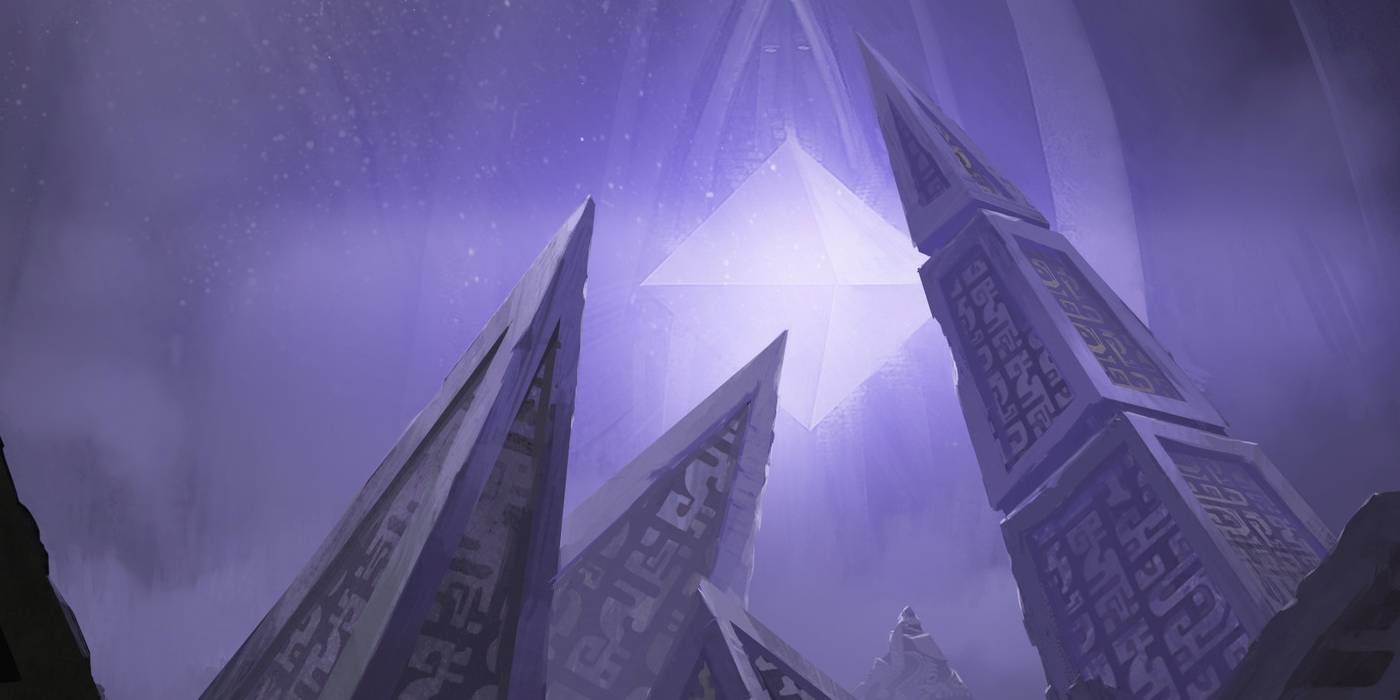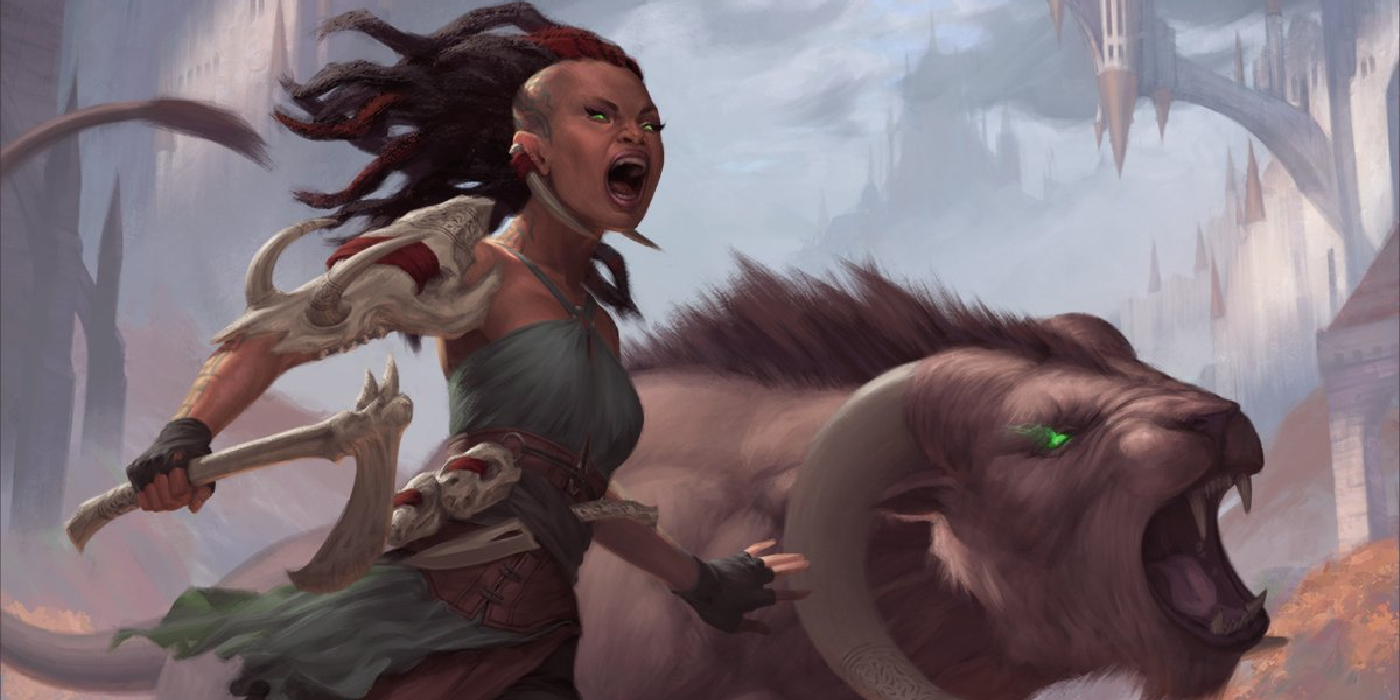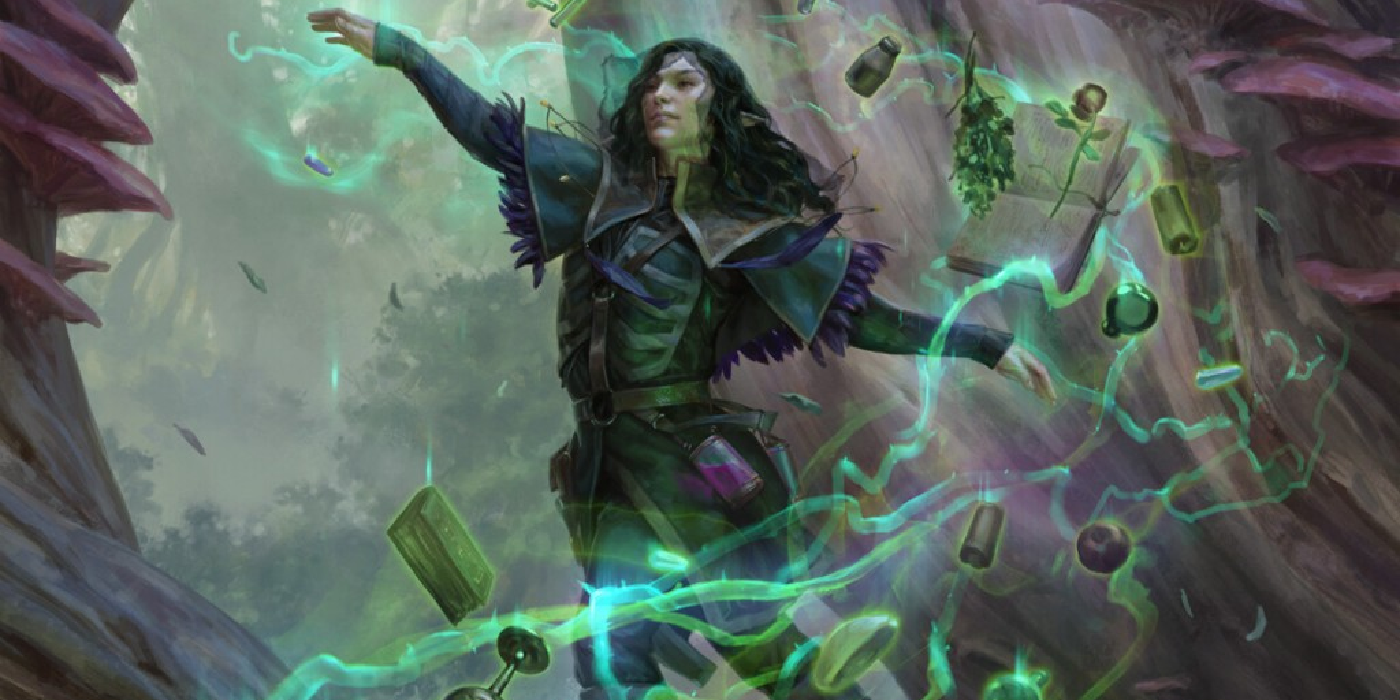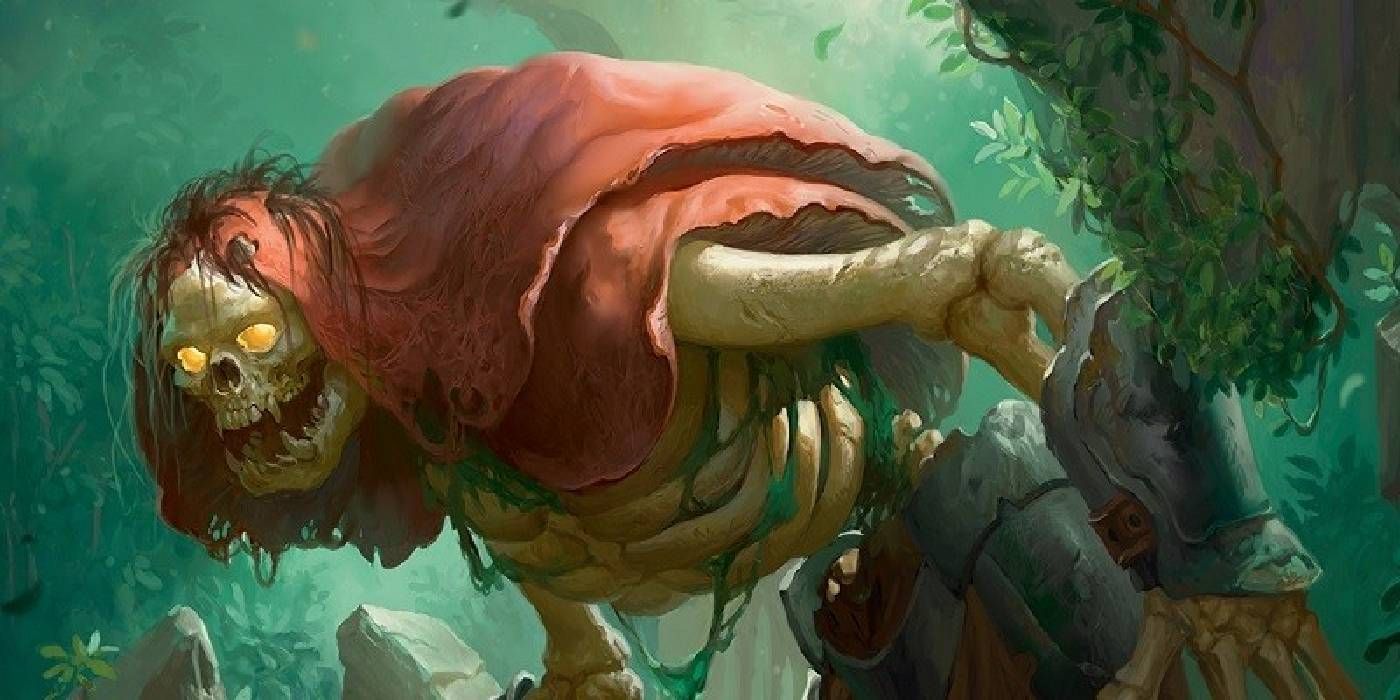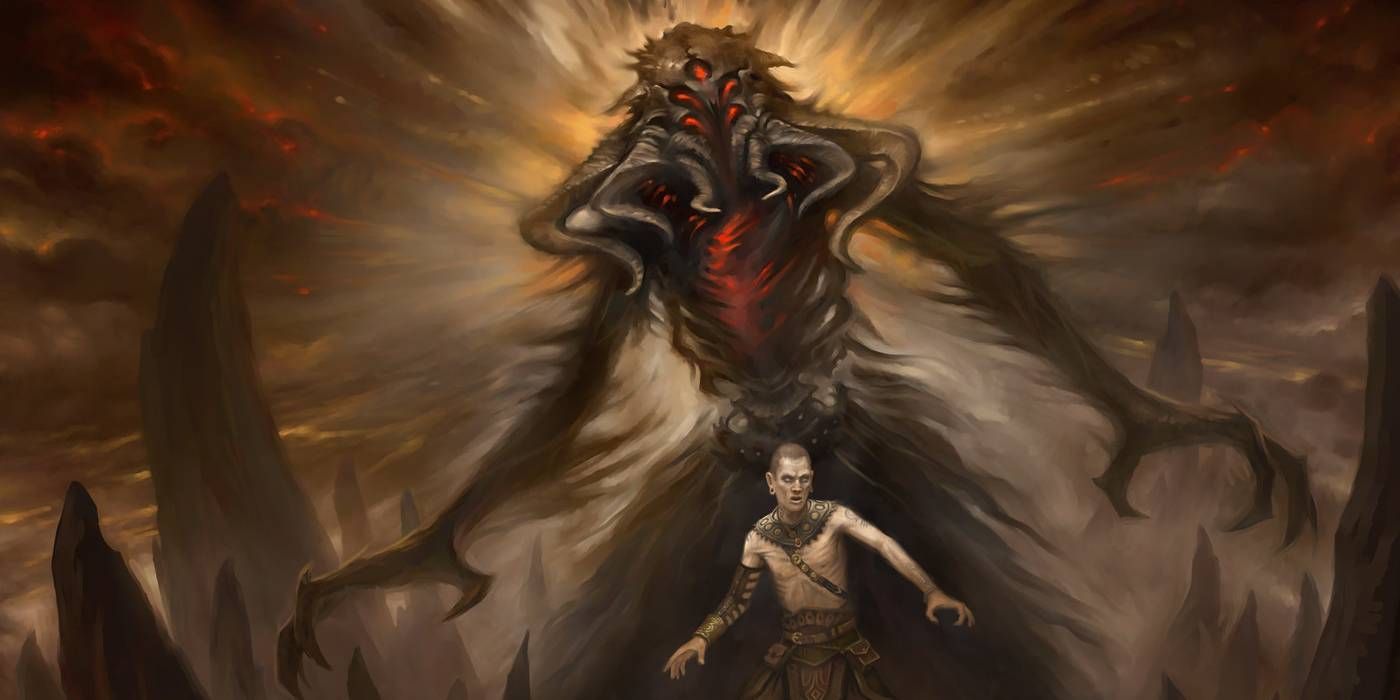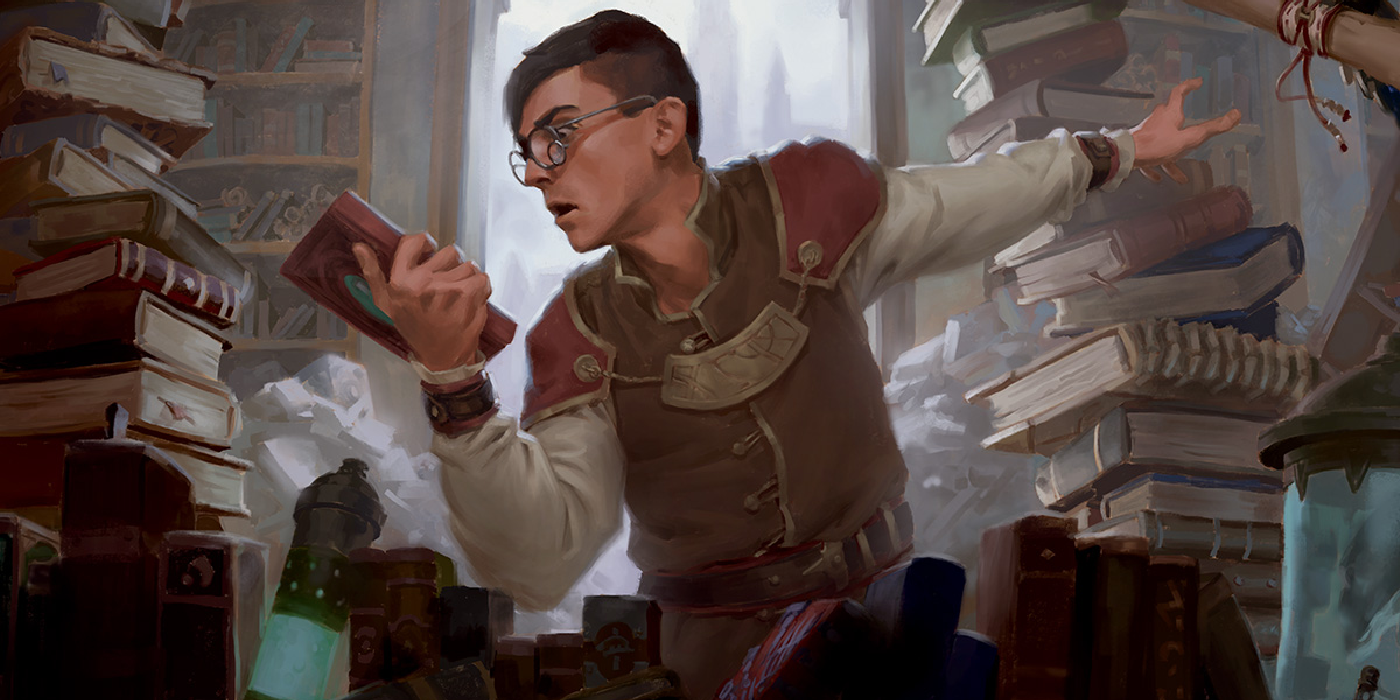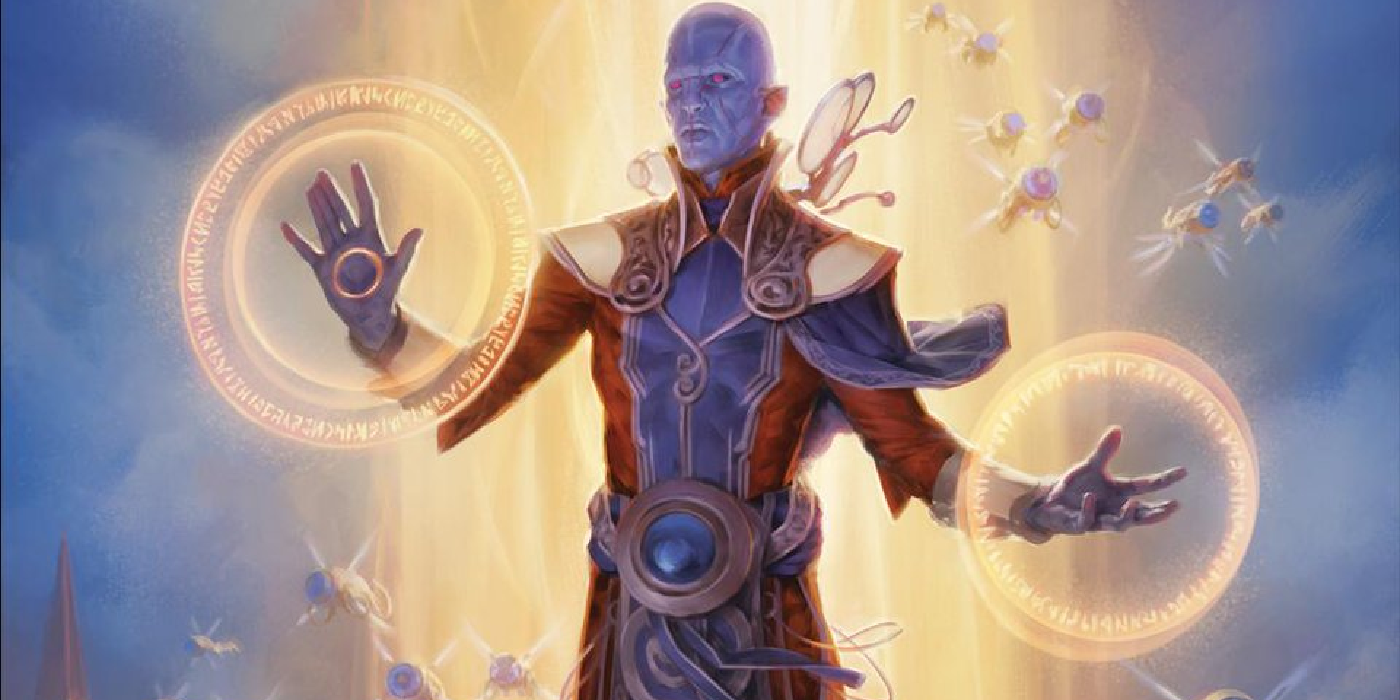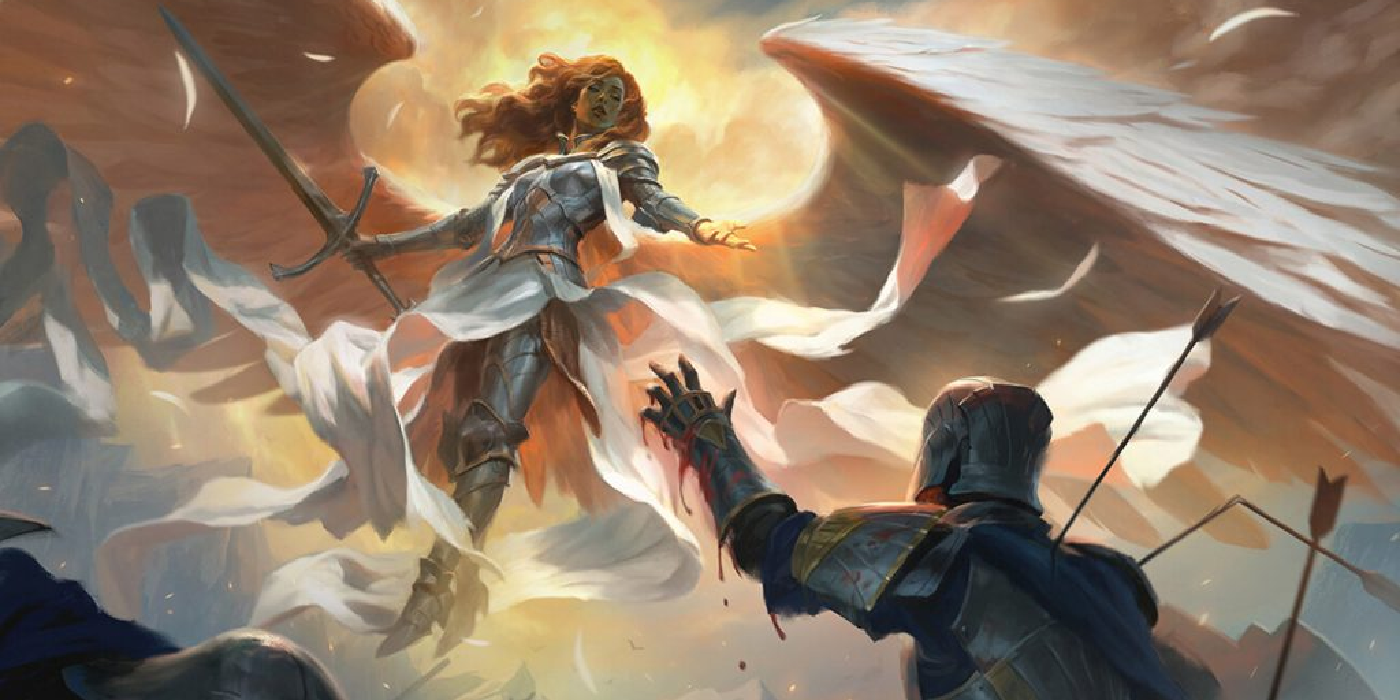New players can have a hard time building their first deck in Magic: The Gathering without help. It requires an adept understanding of the game's mechanics, card interactions, and a player's playstyle. MtG has a vast card pool with thousands of unique cards in its decades-long history. With so many options, it gets difficult trying to determine which cards to include in a deck and which to leave out. Not to mention, cards are released regularly through expansions, adding to the card pool and making it even harder to keep up with the latest options.
With all that in mind, it’s easy to see why picking the best cards for Magic: The Gathering is so difficult for new players. Thankfully, with a long history comes tons of guides from both Wizards of the Coast and the community itself. These tips apply to any newbie to Magic: The Gathering and can get them started on their deckbuilding journey.
Study Starter Decks
These starter decks provide a great way for new players to learn the basics of the game, including its mechanics and card interactions. They are often designed with simplicity in mind and can be used as a stepping stone to more advanced deck building. They’re also a great way for players to familiarize themselves with the most common mechanics and keywords present in Magic: The Gathering.
There are plenty of Magic: The Gathering starter kits to choose from, but there are also community-made ones for players that want a more personal touch. Most starter decks are already viable to some degree and are forgiving of player mistakes. They also tend to be on the cheaper side, which for an expensive hobby like Magic: The Gathering, is a great boon.
Rule Of Nine
This is one of the most basic teachings when deckbuilding for the first time. The Rule of Nine is a principle that states that a player should have no more than nine copies of any given card in their deck, and the rest is filled out with 24 lands. While this may seem limited, it teaches several fundamentals about the game that may be hard to grasp.
Before picking up Magic: The Gathering books for the cool characters to include, the Rule of Nine instills values of deck consistency, game balance, and diversity within the player. By limiting the number of copies, the player is more likely to draw certain cards. It rounds out the deck by making it balanced, preventing the abundance of overpowered or weak cards. All this together makes for a diverse deck.
Pick A Playstyle
Magic: The Gathering has so many playstyles that it’s pretty intimidating trying to pick one that suits the player. Play a wide variety of decks or watch games to see which ones may be the best for the player’s style. Remember, prioritize how fun a deck is over its viability. At the end of the day, this is a game, and the playstyle chosen should be fun for the player.
Every Magic: The Gathering beginner needs to pick a playstyle that best suits their personal preferences. Aggro favors the aggressive player, the ones that want to end games early through raw numbers or damage spells. Control likes the long game, stalling the game with defensive moves to slowly crush the opponent. Combo decks are gimmicky, relying on certain card combos to instantly win the game. All of these have endless variations, so just pick which is the most fun.
Be Wary Of Mana Curve
The mana curve is how balanced the mana costs of cards are in the deck. It’s important to pay attention to this because a well-balanced mana curve can help ensure the smooth progression of cards to play throughout the game. It’s important that at every step of the game, the player has choices they can do that impact the game state.
Even the best Planeswalker cards are mana-intensive, so don’t get too greedy with high-cost cards just because they’re powerful. On the other end, don’t make the curve too cheap, because unless it’s a broken gimmick deck, the deck is bound to run out of gas sooner or later. Cheap spells and creatures ordinarily don’t stand a chance against late-game plays.
Stay Within Budget
Spending money on shiny new cards can get out of hand surprisingly fast. The hobby isn’t notoriously pricey for no reason. Still, that doesn’t mean a player can’t enjoy themselves with a strict budget. If anything, a strict budget ensures that a player won’t get distracted by inconsistent trends. Set a budget and stick to it when building an initial deck.
With all the sets releasing for Magic: The Gathering in 2023, it’s important to rely on cards that are reputable and affordable. If a card is too expensive, look up the next best alternative for it in the deck. Trade with other players, because nobody is ever happy with all the cards they have. Keep a finger on the meta’s pulse before buying or selling cards. One can never know what might be broken in the future.
Go Monocolor First
While it’s tempting to have a diverse array of colors in one’s first deck, it’s far better to start with just one. Monocolor decks are typically simpler and easier to understand than multicolor decks. They have a single color of mana and a smaller pool of cards to choose from, and that makes deckbuilding (and playtesting) a lot easier. More importantly, it familiarizes a player with all the unique mechanics that a certain color offers.
Before you start experimenting with complex Commander decks, make sure to understand the fundamentals of each color. Red is high-risk and aggressive. White plays it safely through healing and reinforcement. Blue is the archetypal control deck, slinging spells, and counters. Black is all about sacrifice to win at any cost. Green focuses on strengthening permanents and generating mana to summon said permanents. Blending them requires an understanding of their core gameplay first.
Learn The Meta
Remember, the meta reflects the most popular and successful decks in the game. Understanding the meta can help beginners understand what strategies and cards are dominating (or struggling) across the community. That way, newbies can build decks that are more effective and competitive. Learning the various strategies and cards used by other players improves the newbie’s own decision-making skills.
Find out which Magic: The Gathering cards are banned (or should be) because these are often at the center of all strategies. Inevitably, every deck has one meta deck that they must be prepared to fight. This is mostly due to how common they will be. If a beginner deck already struggles against these common decks, then it’s off to a bad start.
Build A Sideboard
Something that many new players don’t even know about is the existence of a sideboard. This is a separate deck of up to 15 cards that can be subbed in with a player’s main deck. This is useful because no deck is capable of answering every single opponent. A sideboard gives a deck a fighting chance against a surprising opponent.
Don’t just focus on adding popular Magic: The Gathering characters to the deck, make sure the sideboard is also full of specific counterplays for notorious decks. It makes the players’ deck far more versatile, able to overcome weaknesses or gain an advantage in specific matchups. It also ensures the deck can adjust to the waning shifts of the meta.
Playtest
Now that all these basic tips have been followed, it’s time to start playing with the deck. Don’t be too nervous about the first deck being destroyed in games. This is an important part of the deckbuilding process. It allows players to evaluate the strength of their deck by putting it up against other players, who may vary in skill and deck strength themselves.
Lay out the Magic: The Gathering playmat and playtest as much as possible to find as many variations as possible. In addition to gauging the deck’s strength, it also throws the player into the deep end and makes them pick up critical decision-making skills in the game. It’s not just playtesting the deck, it’s also playtesting the player themselves.
Never Stop Refining
Even after all of that, deckbuilding isn’t really a process that ever “ends.” It just pauses until the next big meta-shift happens. After that, it’s repeating the cycle all over again, and that’s part of the fun of Magic: The Gathering. It’s a game that’s constantly evolving, and players evolve with it. One can never know what the next big deck will be, and that unpredictability makes deckbuilding so fun.
With Phyrexia: All Will Be One coming out, that meta-shift may not be so far in the future. Refining decks is a great way to keep players engaged with this evergreen trading card experience. There are always new playstyles to try, new cards to experiment with, and most importantly, new players to play with. It’s an exciting time to be a Magic: The Gathering fan.

